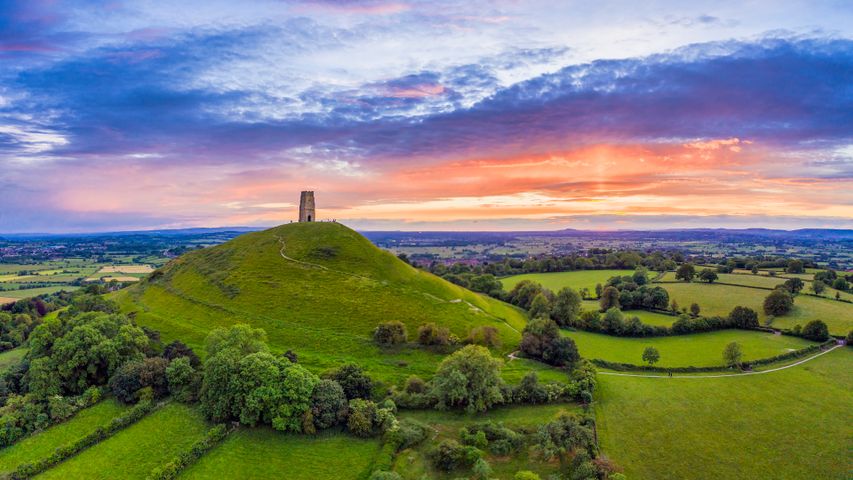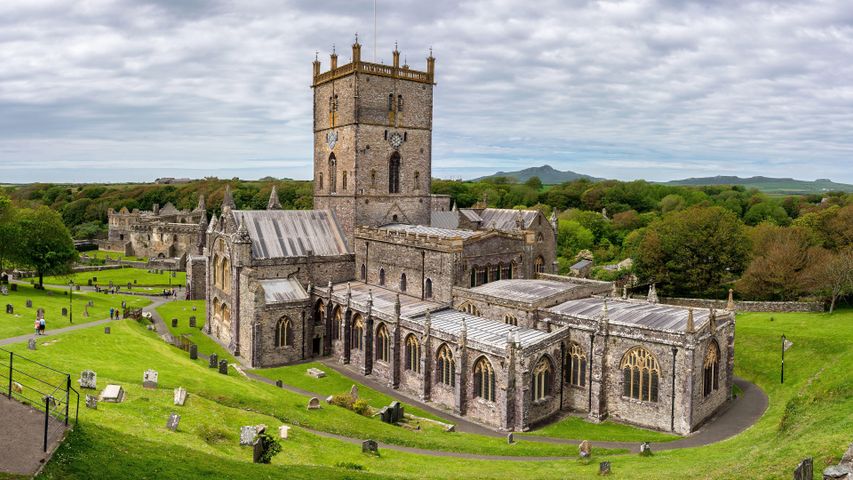Peel Castle on St Patrick’s Isle, Isle of Man
© Massimo Ripani/SIME/eStock Phot
Midsummer Court on Tynwald Day. An ancient ruin on the Isle of Man
The Isle of Man has a long and complicated history of invasions, conquests and systems of government. Pictured on today’s homepage is the ruins of the cathedral on the grounds of Peel Castle on St Patrick’s Isle (which is connected by a causeway to the rest of the island). Vikings built the original wooden fortification during the 11th century on a location that had older Celtic monastic structures made of stone, which were incorporated into the castle. Over the next eight centuries, the various Norse, Scottish and English rulers of the area added battlements, towers and the cathedral to the grounds.After the Vikings incorporated the Isle of Man into their Kingdom of the Isles in the ninth century, they also brought their particular tradition of parliamentary government to the island. This tradition survives today as the Tynwald, the island’s tricameral parliament. Purportedly the oldest continuous parliament in the world, the Tynwald gathers outside on a special four-tiered hill every Tynwald Day – usually 5 July – to promulgate the laws that have been passed in the last year. The meeting, the first recorded instance of which dates to 1417, is known as Midsummer Court.
Related Images
Bing Today Images



 St. Michael's Church Tower on Glastonbury Tor, Glastonbury, Somerset, England
St. Michael's Church Tower on Glastonbury Tor, Glastonbury, Somerset, England
 Cinque Torri, Dolomites, Italy
Cinque Torri, Dolomites, Italy
 Miravet on the Ebro river, Tarragona, Catalonia, Spain
Miravet on the Ebro river, Tarragona, Catalonia, Spain
 Dunluce Castle, County Antrim, Northern Ireland
Dunluce Castle, County Antrim, Northern Ireland
 Ostuni, Apulia, Italy
Ostuni, Apulia, Italy
 Château de Sully-sur-Loire, Center-Val de Loire, France
Château de Sully-sur-Loire, Center-Val de Loire, France
 St Davids Cathedral, St Davids, Pembrokeshire, Wales
St Davids Cathedral, St Davids, Pembrokeshire, Wales
 Mont-Saint-Michel, Normandy, France
Mont-Saint-Michel, Normandy, France



